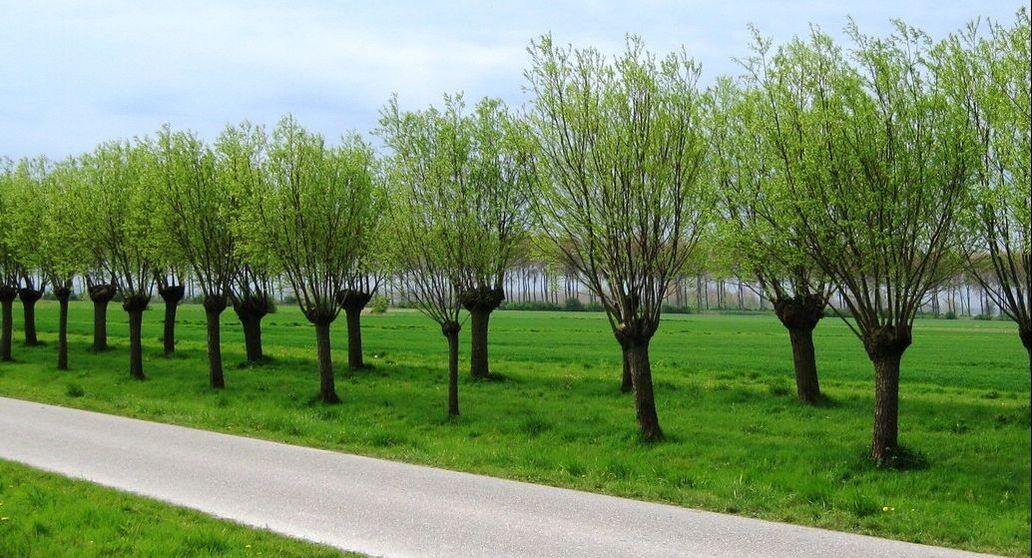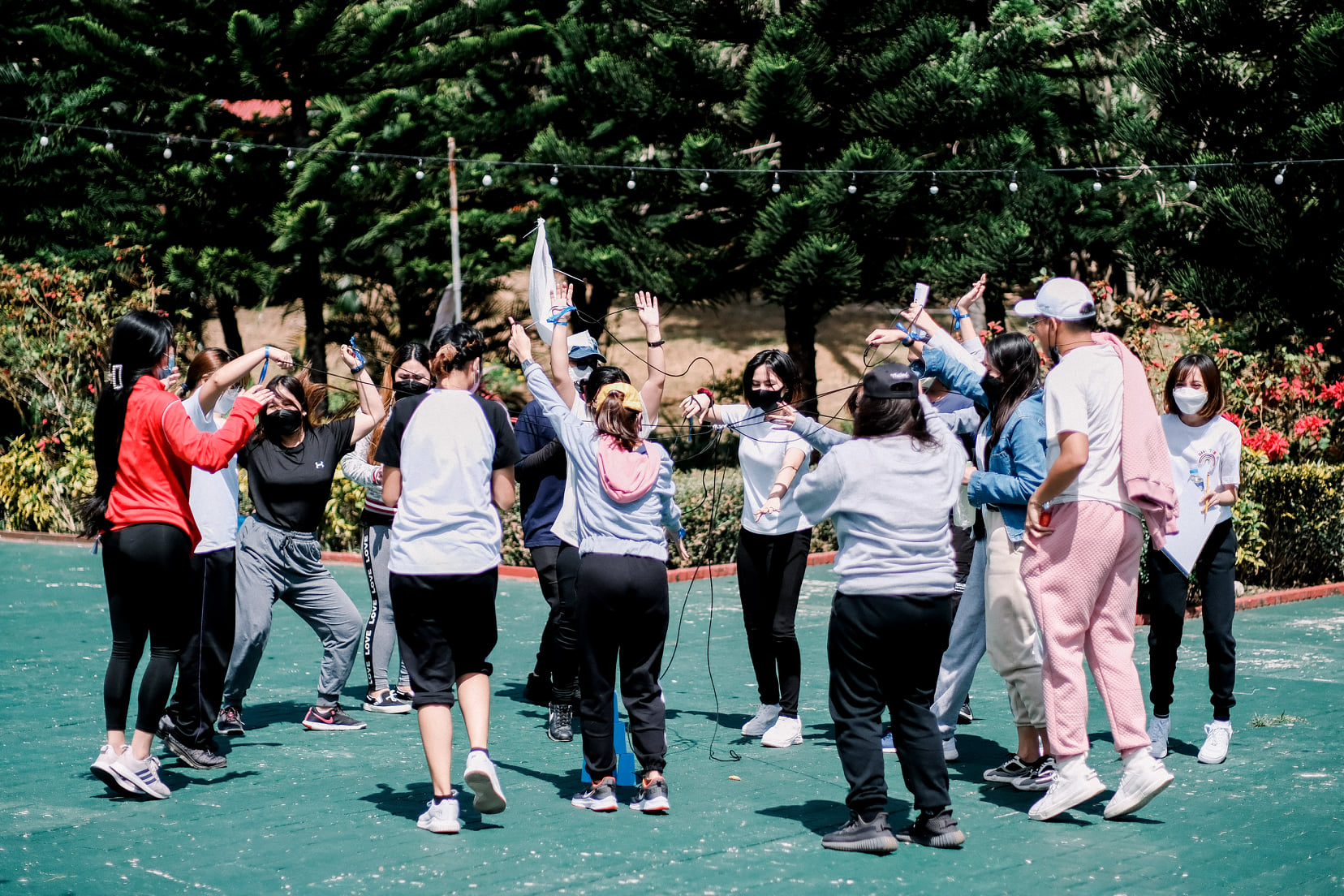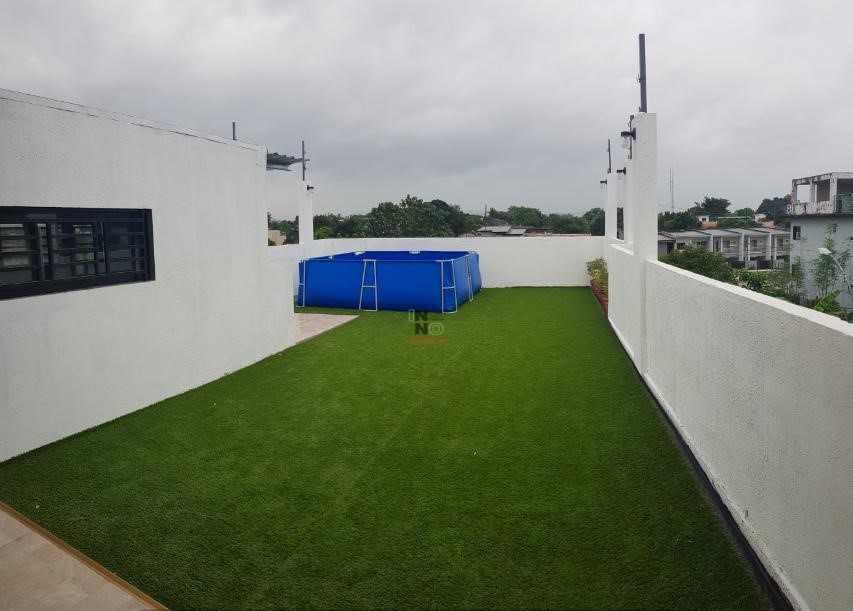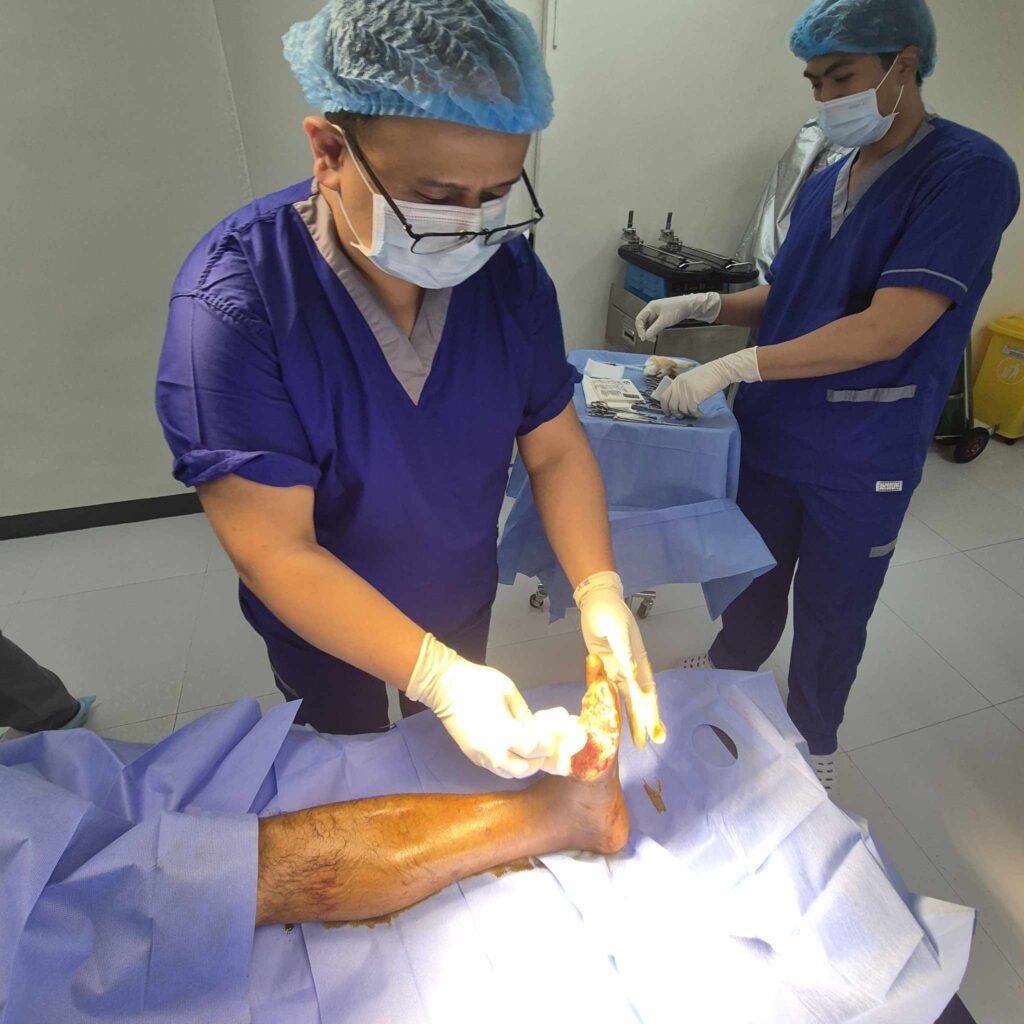Tree pollarding is one of the most effective methods for maintaining safe, healthy, and well-shaped trees in Singapore’s urban environment. At BSG Landscape & Construction Pte Ltd, this practice is performed by certified arborists and professional tree care specialists with decades of hands-on experience. As a BCA-registered and NParks-accredited landscaping company, BSG Landscape has built a reputation for delivering high-quality and environmentally responsible tree maintenance services across commercial, residential, and government properties. Tree pollarding helps control the growth of mature trees, enhances safety, and prolongs the life of trees when carried out with precision and care.
What is Tree Pollarding
Tree pollarding is a specialized pruning technique that involves cutting back the upper branches of a tree to promote controlled regrowth and maintain a compact structure. Unlike crown reduction or crown thinning, which focus on shaping and balancing the canopy, tree pollarding completely removes selected limbs to encourage new, lighter branches to grow from the same points over time. This process keeps trees smaller, more manageable, and safer in densely populated or built-up areas. Tree pollarding is a preferred technique for managing species such as rain trees, angsanas, and other large canopy trees that are common in Singapore’s streetscapes and parks. When executed correctly, tree pollarding maintains the vitality of a tree while ensuring it does not pose a risk to people, nearby buildings, or overhead electrical lines.
Why Tree Pollarding is Necessary
Tree pollarding plays an essential role in urban landscape management. Mature trees can become oversized and overextended, posing structural risks if left unmaintained. Without proper management, heavy branches may fall during strong winds or heavy rains, endangering pedestrians and property. Tree pollarding reduces the overall weight and height of a tree, preventing such incidents while preserving the tree’s structural integrity.
This process also promotes consistent and controlled growth, especially for trees planted near roads, buildings, or limited soil spaces. Many trees in Singapore’s residential and public areas thrive in confined root zones, which makes them more prone to instability as they mature. Tree pollarding helps prevent root-related damage by limiting top-heavy growth. Moreover, it improves air circulation, light penetration, and the tree’s overall health, reducing the risk of disease and decay.
The Tree Pollarding Process at BSG Landscape
At BSG Landscape & Construction Pte Ltd, tree pollarding is handled with precision and professionalism by a team of certified ISA arborists, WSQ-trained pruners, and experienced safety officers. The process begins with a thorough inspection and health assessment of the tree. Each tree is evaluated to determine its species, structural soundness, and suitability for pollarding. The arborist then identifies the optimal height and points for cutting to promote healthy regrowth without compromising stability.
The actual tree pollarding work involves cutting back branches to a height of two to three metres above the ground, depending on the tree’s size and type. This encourages the development of lateral shoots and new branches from the main trunk. The team uses specialized tools and safety equipment to ensure clean cuts that heal efficiently and prevent infection. Every stage of the process complies with NParks’ guidelines and Workplace Safety & Health standards.
After completion, BSG’s crew removes and disposes of the cut branches responsibly, ensuring the work area is clean and hazard-free. The pollarded tree is then monitored over time to ensure it develops healthy regrowth and balanced structure. By applying this careful, step-by-step approach, BSG ensures that tree pollarding not only controls size but also strengthens the tree for long-term health and sustainability.
When Should Tree Pollarding Be Done
Timing plays an important role in successful tree pollarding. The best time for this procedure depends on the species and environmental conditions. In Singapore, tree pollarding is usually scheduled during drier months when growth is more manageable and the risk of fungal infections is lower. The technique is also performed before stormy seasons to reduce the risk of falling branches during heavy rain or strong winds.
Newly pollarded trees should be maintained regularly to guide regrowth properly. For younger or fast-growing trees, pollarding may need to be repeated every one to two years. For mature species, a longer cycle of three to five years may be sufficient. BSG’s arborists provide tailored maintenance plans that outline when and how tree pollarding should be repeated to maintain healthy growth and safety over time.
Advantages of Regular Pollarding
Regular tree pollarding provides long-term benefits that contribute to both safety and aesthetics. One of the main advantages is enhanced public safety. Trees that have been properly pollarded are less likely to shed heavy branches during storms, reducing potential hazards to pedestrians, vehicles, and nearby structures.
Another advantage is improved tree health. By removing old or overextended branches, tree pollarding stimulates new and vigorous growth, resulting in a stronger and more stable framework. It also extends the lifespan of older trees, enabling them to remain part of the landscape for many years.
Aesthetically, tree pollarding helps maintain uniform shapes, especially for roadside or park trees that need to align with urban design requirements. It ensures that trees do not obstruct signage, lighting, or building facades while still providing greenery and shade. For property owners, regular pollarding also reduces long-term maintenance costs since trees remain manageable and less likely to require emergency pruning or removal.
Why Choose BSG Landscape & Construction Pte Ltd
BSG Landscape & Construction Pte Ltd stands among Singapore’s most trusted names in professional landscaping and tree care. With over 30 years of industry experience, the company has built a solid track record across commercial, residential, and government projects. The firm is both BCA and NParks registered and employs in-house certified arborists, horticulturists, and safety officers. This combination of expertise ensures that every tree pollarding project is completed to the highest safety and quality standards.
BSG’s approach to tree pollarding emphasizes safety, sustainability, and long-term results. The team uses modern equipment and follows proper techniques to avoid unnecessary damage to the tree. Each service is planned according to site conditions and species characteristics, ensuring the tree remains healthy after pruning. The company’s commitment to workplace safety has earned it industry recognition, including awards for excellence in safety management. Clients trust BSG not only for their technical expertise but also for their reliability, professionalism, and eco-conscious practices.
Tree Pollarding vs Other Pruning Techniques
Tree pollarding is often compared to other pruning methods such as crown reduction, crown thinning, and crown lifting. While these techniques share the goal of improving tree structure and safety, each serves a distinct purpose. Crown reduction involves reducing the size of the canopy while maintaining the tree’s natural shape. Crown thinning removes selected inner branches to allow more light and air through the canopy. Crown lifting removes lower branches to clear space for pedestrians or vehicles.
Tree pollarding differs because it cuts the main branches back to the trunk or a specific height to control growth entirely. This method is most suitable for trees in confined urban spaces where excessive growth could pose structural or safety concerns. When carried out by skilled professionals, tree pollarding results in controlled regrowth and a balanced, compact structure, making it ideal for long-term landscape management.
Safety and Environmental Responsibility
Safety is always a top priority at BSG Landscape & Construction Pte Ltd. All tree pollarding work is supervised by Workplace Safety and Health (WSH) officers to ensure strict compliance with local regulations. The team uses advanced safety harnesses, cranes, and climbing gear to manage even the most challenging projects safely. Each site is secured before work begins, minimizing disruption to surrounding areas and protecting both workers and the public.
Beyond safety, BSG is dedicated to environmentally responsible practices. All green waste generated during tree pollarding is properly processed, and recyclable materials are handled according to environmental standards. The company’s sustainable approach supports Singapore’s vision of maintaining a clean, green, and safe living environment.
Takeaway
Tree pollarding plays a crucial role in maintaining safe and beautiful landscapes across Singapore. When done by qualified professionals, it ensures that trees remain healthy, structurally sound, and visually appealing. BSG Landscape & Construction Pte Ltd continues to be a trusted name for property owners, developers, and government agencies seeking reliable tree management solutions. With a team of certified experts and a strong commitment to safety and sustainability, BSG ensures that every tree pollarding project contributes to a greener and safer environment.
Property managers, homeowners, and facility owners seeking a professional team for their tree maintenance needs can reach out to BSG for expert consultation and service. Whether the goal is to control tree size, improve safety, or maintain a polished landscape, BSG Landscape & Construction Pte Ltd offers comprehensive solutions tailored to each site’s requirements.
FAQ Section
Q1. How often should tree pollarding be carried out?
Tree pollarding frequency depends on the tree species and location. Fast-growing trees may require pollarding every one to two years, while slower-growing species can be managed on a three to five-year cycle. BSG’s arborists can assess your trees and recommend an appropriate schedule.
Q2. Does tree pollarding harm the tree?
When done correctly by certified professionals, tree pollarding does not harm the tree. Instead, it encourages healthy regrowth and strengthens the tree structure over time. Improper cutting, however, can damage the tree, which is why professional service is essential.
Q3. What types of trees are suitable for pollarding?
Tree pollarding is suitable for species that respond well to repeated pruning, such as rain trees, angsanas, and African mahoganies. BSG’s arborists can determine which trees are ideal candidates based on their species and condition.
Q4. Can tree pollarding be done near buildings or roads?
Yes. Tree pollarding is often recommended for trees located near buildings, walkways, and roads. It helps control height and spread, preventing interference with structures or power lines while maintaining shade and greenery.
Q5. Why should I choose BSG Landscape & Construction Pte Ltd for tree pollarding?
BSG Landscape combines decades of experience, industry certification, and a team of in-house experts to deliver safe, reliable, and effective tree pollarding services. Clients benefit from customized maintenance plans, eco-friendly practices, and professional care that ensures long-term tree health.
Q6. How can I request a site inspection?
You can contact BSG Landscape & Construction Pte Ltd directly to schedule an inspection. Their arborists will evaluate your trees, provide recommendations, and create a tailored tree pollarding plan to suit your property’s needs.






